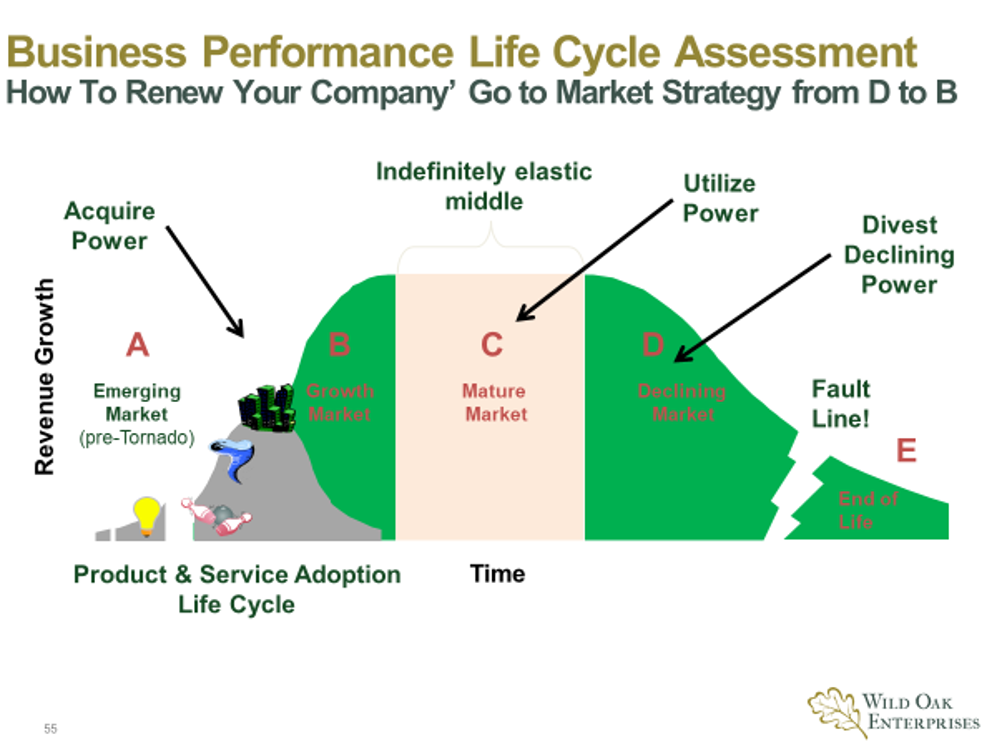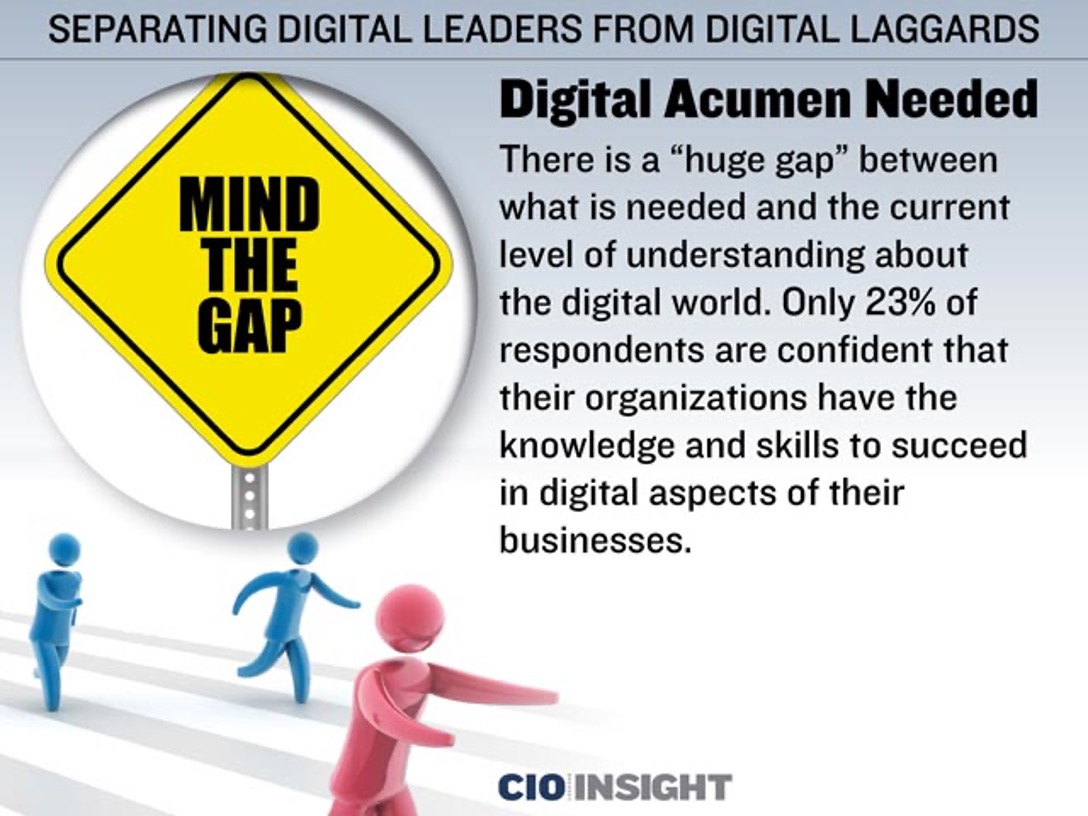
July 28, 2021
In the digital world,
catching the next wave is a strategic necessity
Why is it so hard for well-established companies to catch the next wave?
In earlier blogs, I have suggested that well-established companies could no longer sustain competitive advantage through using their size and market reach as barriers to entry. The unprecedented assault of multiple waves of digital disruption have enabled companies of any size to penetrate some portion of well-established companies’ value chains. Simply put, companies must find totally new ways to compete or risk a major wipeout.
However, in a very recent McKinsey Global Survey with 1,290 respondents, two-thirds of those companies pursuing business transformations said that their organizations were just treading water, taking no decisive action, and consequently achieving little or no business impact.
Over the past several decades, a number of America’s very best and well-established companies have not been able to catch the next wave of digitally enabled technology as shown on the slide below.

There are always myriad excuses for these industry-altering events, but I think there is a common reason that transcends them all. These companies did not have a thoughtful and disciplined process to assess the maturity of their current products and services and thereby get a head start on developing their next generation of products and services.
What should well-established companies be willing to give up in order to get better?

For well-established companies to invest in next generation products and services, they have to identify resources and budget that they are willing to divert from current businesses to fund new digital businesses. This means there needs to be a framework and process to enable senior leadership teams to discuss and agree upon what the company should be willing to give up to get better.
Here are three questions you can use to start your senior leadership discussions:
- How does our company become a digital enterprise without compromising our customer relationships, our brand value proposition, and our employees’ wellbeing?
- How does our company look and operate as a digital enterprise?
- How open is our culture to changing the way we do business?
In the work I have been doing with my clients, I have utilized our Business Maturity Lifecycle assessment framework. This approach has allowed me to help senior leadership teams assess the performance (revenues, margins, and profits) of their different lines of business over the past 3 years to see where they fall on the business maturity lifecycle shown on the slide below:

If the individual business line is growing at 15%-30% then it is in category B; if it is growing at 5%-10% then it is in category C; and, if it is flat or declining then it is in category D. The results of this business maturity assessment will enable companies to identify businesses to exit, as well as prioritize existing or new businesses that are prime candidates to catch the next wave.
One caution, whether you are pivoting an existing business that has been digitally disrupted or investing in a new digital business, you can only do one major transformative initiative at a time. As such, you need complete agreement and alignment across the organization to support the business you choose. I have made this point repeatedly in previous blogs when describing the Zone To Win playbook my brother, Geoffrey Moore, developed to help well-established companies successfully catch the next wave.
Success requires improving your organization’s digital acumen

The unprecedented disruption from multiple waves of digital technology is continually redefining how companies need to engage with their customers, employees, supply chain partners, and other key stakeholders. Simply put, if you do not significantly improve your organization’s digital acumen your competitive viability is at risk.
In order to improve your organization’s digital acumen, you have to become very good at leveraging digital technologies to:
- Mine and interpret multiple data sources to make critical business decisions faster and more accurately
- Optimize underlying business processes and functionality and convert them to digital processes
- Anticipate what you need to do to deliver the ultimate customer engagement digital experiences
- Provide your employees with digital workflow tools and resources to make them more productive and effective
- Establish your brand as a pioneer in the new digital frontier
I have had the opportunity to work with a number of C-Suite leadership teams to help them develop a well thought out approach and set of iterative discussions to assess the performance of their current businesses and get a head start on developing their next generation of new businesses. If you are ready to take on these issues and challenges, please reach out to me as I would welcome the chance to share the approach we have taken and the results we have achieved.
As always, I am interested in your comments, feedback and perspectives on the ideas put forth in this blog. Please share them with me on linkedin. And, if this content could be useful to someone you know please share it here:



